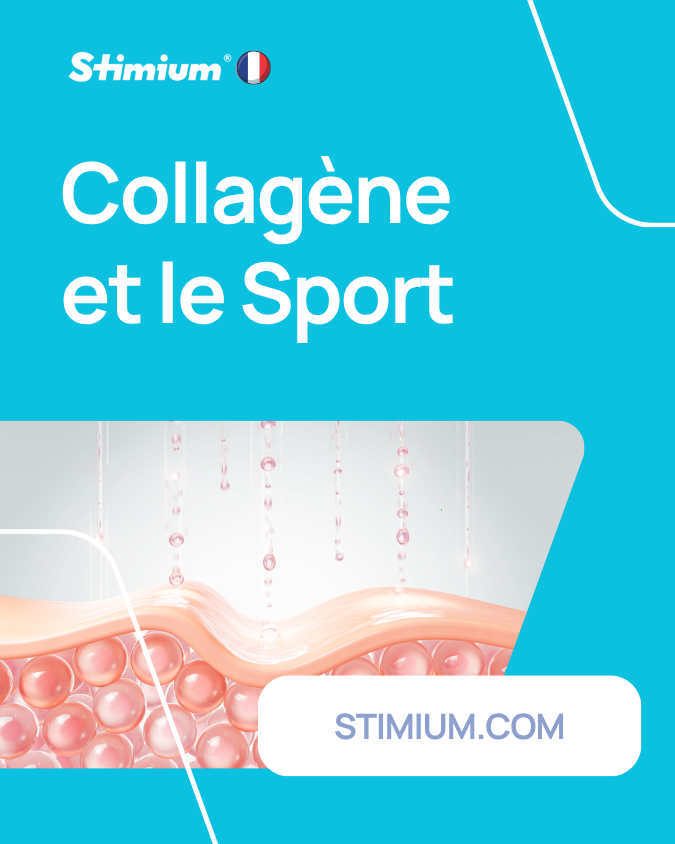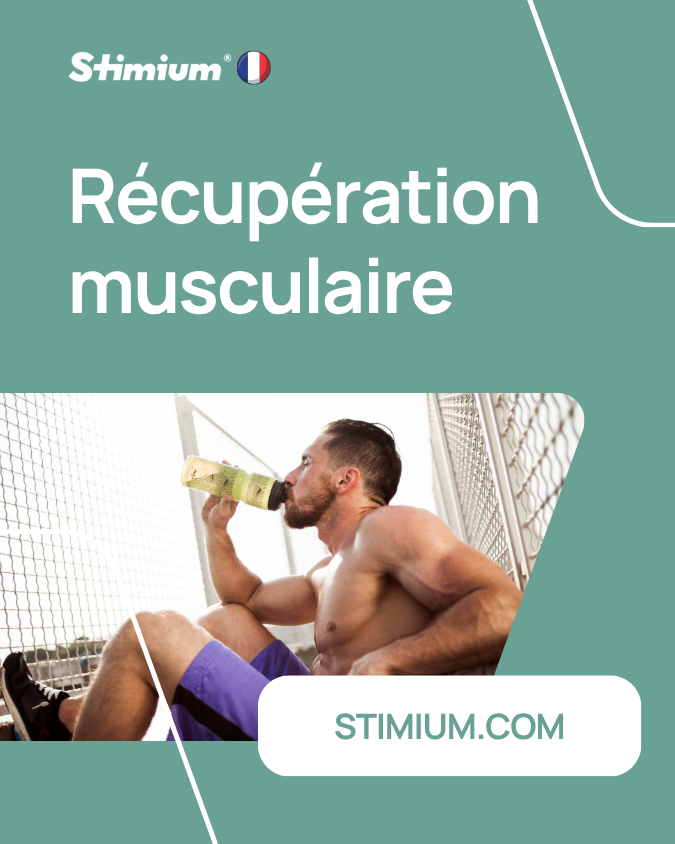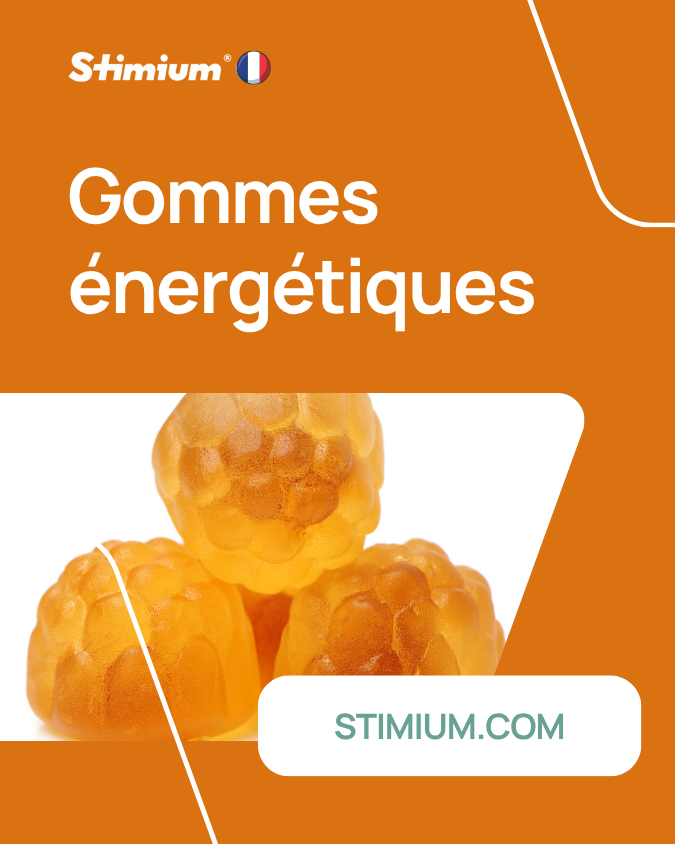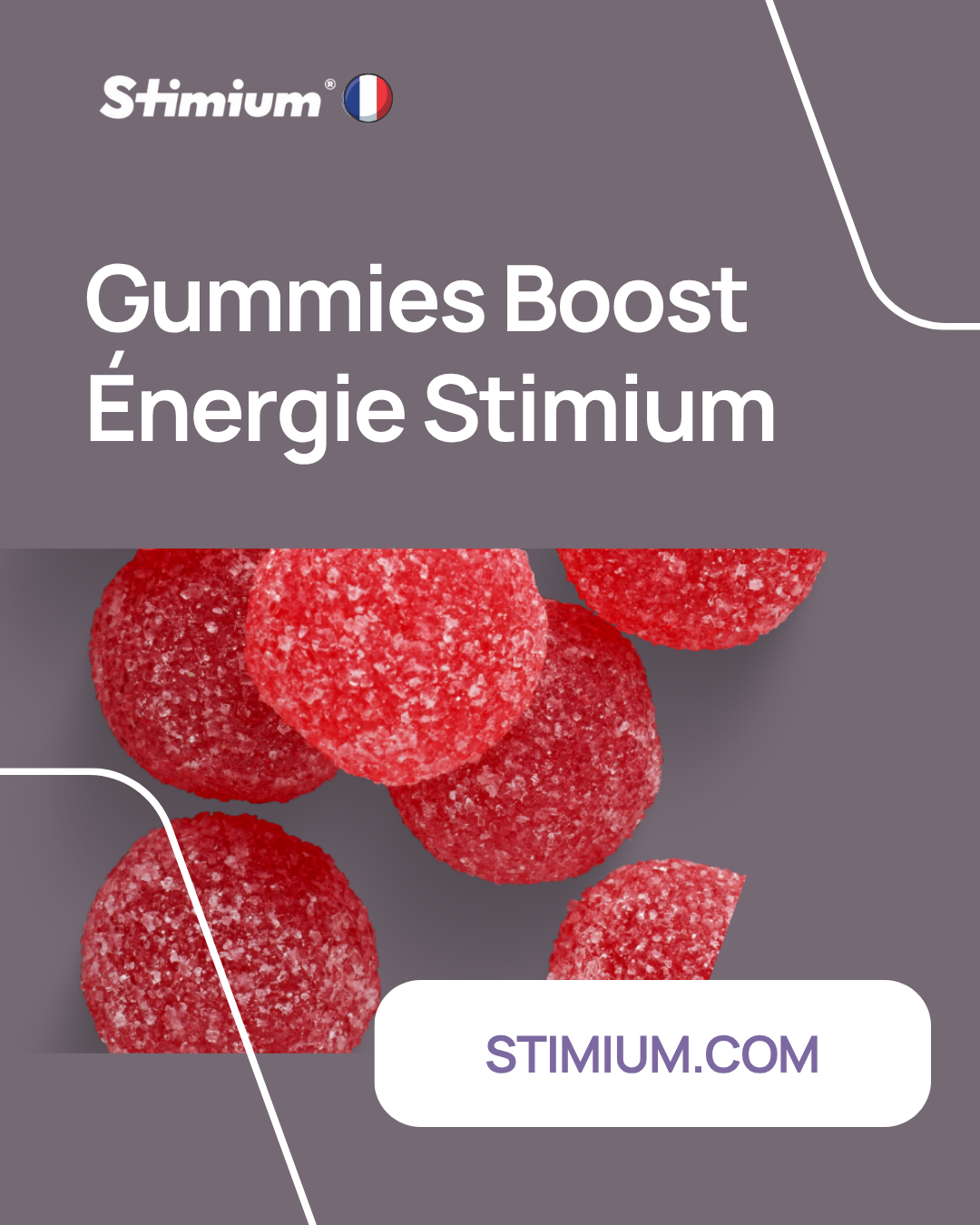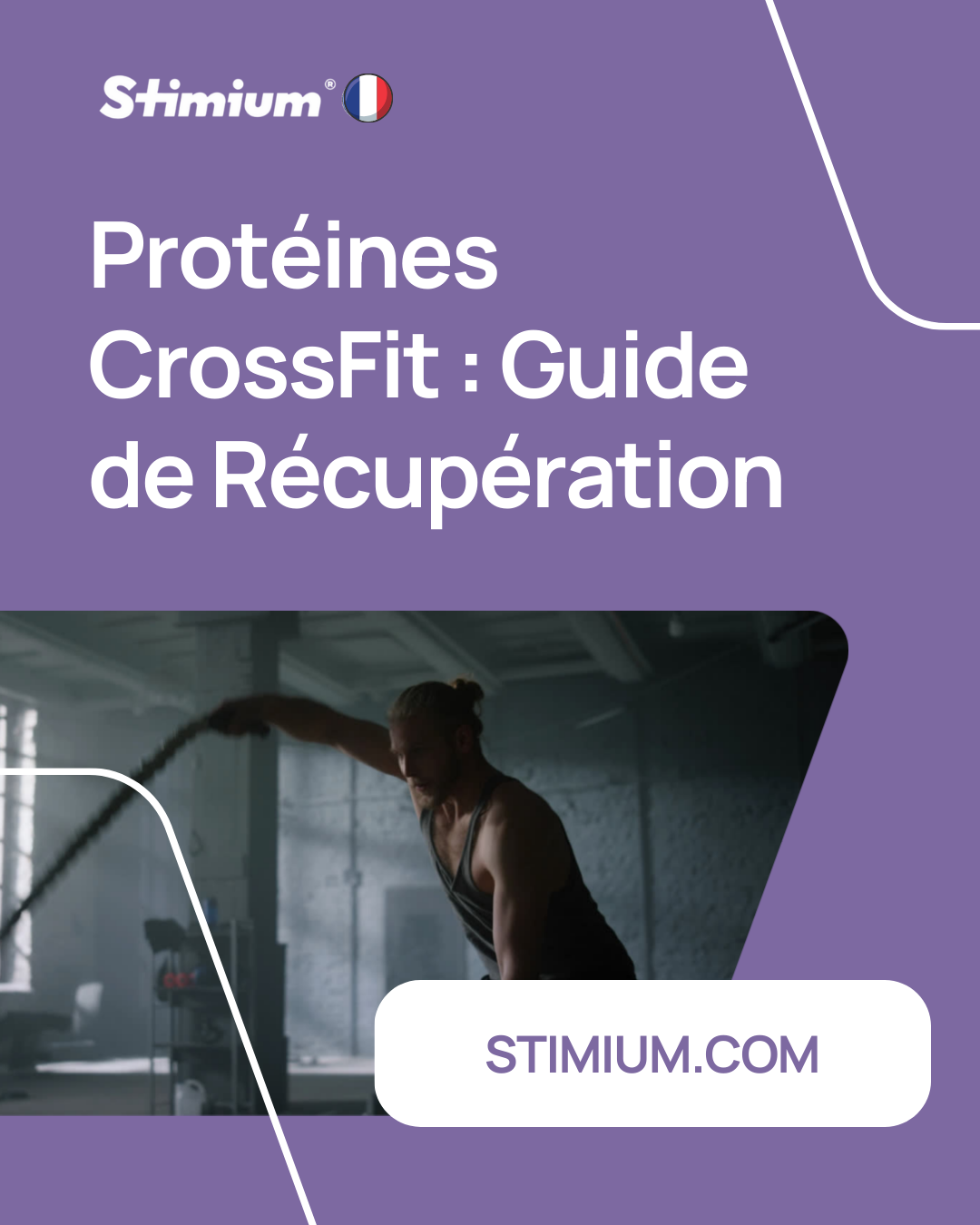Why interval training remains relevant!
We all know it, we sometimes end our outing with 5/10 minutes of this specialty, I called "split", that is to say a training method which consists of varying the pace of race by alternating, to put it simply, a rapid running phase with a recovery phase, necessarily less rapid, over a short period. The objective of such practice is to then be able to carry out high-intensity efforts over a longer period of time. Obviously, the interval program will depend on the duration of the effort and the recovery defined by each runner. If you sometimes run on the track, you certainly already have different groups repeating sessions of 100, 200 or 400 "at full speed" followed by recovery periods, different depending on the runner's profile.
Why is interval training still practiced today when training methods have really improved in recent years? Quite simply because this type of training helps to improve our cardio-respiratory capacities by gradually increasing our maximum aerobic speed (MAV), the speed at which our oxygen consumption is maximum. And by developing our VMA, we improve our ability to run faster and longer, which remains the basis for improving performance. Incidentally, interval training also allows you to break the monotony of training (always doing your 10km in 54.30 while running at 11 km/h, it can also become boring... doing a little interval training, for example once a week, can therefore give you a new motivation.
In addition to the performance gain, interval training is also a real asset for your health. Practicing interval training at least once a week allows:
improvement of cardio-respiratory capacities (aerobic and anaerobic) in addition to an increase in power,
delaying fatigue and shortness of breath,
faster muscle strengthening, knowing that gaining muscle mass improves insulin sensitivity,
Remember your final year training sessions or your team sports sessions around the football or tennis fields “Come on guys, today we’re doing a Cooper”! Do you remember the content of this famous test? It's about covering the greatest distance possible in 6 minutes. Once this test has been carried out, if you multiply the distance obtained by 10, you will then have a fairly precise idea of your VMA in km/h. In other words, if you have covered 1300 meters over these 6 minutes, your VMA can be estimated at 13 km/h.”
If you do one dedicated workout per week in intervals, the warm-up is very important, both for the muscular part and for the cardio build-up. We recommend a standard warm-up, 15 to 20 minutes of slow jogging (around 9/10 km/h, finished with a few progressive accelerations of 50 to 100). You can then begin the interval sessions strictly speaking, with the main objective of maintaining the same pace on all the paces that you have programmed. Don't forget between each series to take full advantage of the recovery periods, to reduce the cardio, without dropping your heart rate too low, at the risk of not being able to start the next series at the same pace.
However, split training is not a fixed exercise – everyone is free to set their own objectives. Thus, with free fartlek (the word “fartleck” comes from Swedish and means “racing games”), the runner simply chooses to vary his pace according to his sensations. This is a first step towards interval training. We accelerate and decelerate as we wish depending on the terrain, the difference in altitude, and the benchmarks we give ourselves. This session allows you to progress in self-knowledge with a minimum of constraints. We have all done this type of acceleration, on our route, at the end of the course, up to a visual marker to push a little, before recovering. Fartlek is therefore splitting in total freedom.
The classic 30/30 (seconds)
We repeat several times a phase of 30 seconds of running at VMA pace and a phase of 30 seconds of recovery. We perform this series 1 to 3 times for beginners, 3 to 5 times for experienced players, interspersed with 1 minute 30 minutes of recovery. To progress, we do this 30/30 session once a week, possibly in addition to a long VMA session (see below).
The long VMA
This is a session where we will do 3 to 5 times runs of 3 to 10 minutes at 90-100% of our VMA with an active recovery phase (slow jogging) of 2 to 3 minutes between 6 and 9km/ h depending on your level. Complementary to the 30/30, this session allows you to maintain an intense effort over a relatively long period. Example: 5 x 800 m at 90% VMA – 2 minute recovery at 7 km/h (to recover and bring down the cardio).
For interval training, it is obviously important to have good muscular structure, increased endurance, and perfectly adapted cardio. For this, the Stimium range can support you with:
In the Preparation phase: Stimium® PreWorkOut Max to improve resistance to exercise and prepare the body for muscle strengthening loads 1 hour before each session, particularly before interval sessions. During recovery runs, run at 6-8km/h. in a small sip of Stimium Boost Powder for a complete recharge of essential nutrients, especially if there is still more than 30 minutes of training, as well as our Stimium® Boost gummies.
For the cardio part, do not hesitate to take Stimium GABA and/or Stimium OMG over 30 days to progress and improve your cardiovascular capacities.
After your interval training, we recommend Stimium® Mc3 to reduce the risk of cramps and combat muscle fatigue, Stimium® Rgn3 Reload or Stimium® Rgn3 Clean-Up to replenish vitamins and minerals and finally our Stimium® Iso Mix Carb , to replenish these glycogen and protein sources. For maintenance, we already advise you to take Stimium Vital LLR as a vitamin treatment (1 three-layer tablet per day in the morning)
If certain sessions cause joint, muscular or tendon stiffness, Stimium® Joint Flex as a treatment to relieve these problems can also be a relevant solution. Finally, if the legs are a little heavy, do not hesitate to consume Stimium GINGKO as a treatment, which in addition to improving circulatory functions, stimulates sports performance, via an increase in blood flow allowing an increase in nitric oxide concentrations ( NO) and will help you resolve possible blood circulation problems which may in particular cause pain, for example in the calf.
Voila, you have everything, and you know the main thing about split training! It's hard, it makes you sweat, it takes your breath away...but it really makes you progress, you know the English adage "no pain, no gain"! Up to you.
